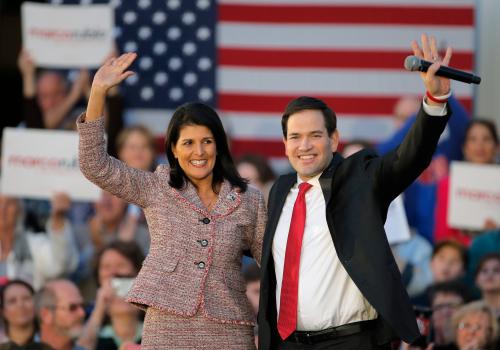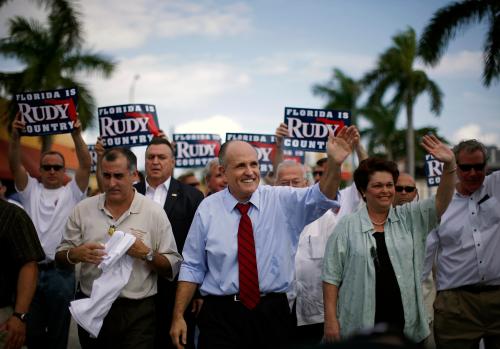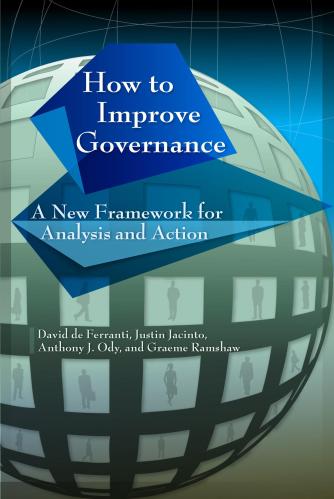For years, the South Carolina Democratic Party used a caucus/convention system, not too different from the one in Iowa, to elect its convention delegates. But as time went on it became evident that more people wanted to be heard. The Republicans were the first to move to a primary, mostly for strategic reasons. In 1980 an upstart political operative named Lee Atwater supported Governor Ronald Reagan of California. Most of the other Republicans in the state supported Governor John Connally of Texas. So Atwater, along with Congressman (later Governor) Carroll Campbell, got the South Carolina Republicans to support a primary that would happen a week before the other southern primaries. In a major upset Reagan soundly defeated Governor Connally, the establishment pick, and went on to win the Republican nomination and the presidency.
Democrats took note but were still slow to learn that voting is far more exciting than precinct caucuses and they stayed with the caucus process.
Then came 1992 where a young southern Governor, Bill Clinton of Arkansas, understood that a primary in South Carolina would enhance his chances of winning the support of thousands of new voters in his efforts to win the nomination and would serve as a springboard to other southern states, as it had for Reagan twelve years earlier. The state party supported his efforts and established the first Democratic primary, which Clinton won overwhelmingly as well as the nomination and the presidency itself.
The South Carolina primary had catapulted two presidents, one from each party, to victory.
But Democrats in South Carolina had no presidential primary in 1996 or in 2000. In ’96 President Clinton was an incumbent and in 2000 Vice President Al Gore had overwhelming support for the nomination, so instead we held caucuses. 2004 was different; there was stiff competition for the Democratic nomination. The Democratic National Committee granted a waiver so that South Carolina’s Democrats could hold a primary immediately after the Iowa and New Hampshire processes and before the “window” opened for other states to have caucuses or primaries. There was an impressive turnout and Senator John Edwards won overwhelmingly.
Meanwhile, presidential primaries were gaining popularity in states all across the nation. There was a loosely coordinated effort to introduce some order into the process. At the same time there was a similar interest in the Republican Party, and a growing interest in coordinating state processes—both primary and caucus models—within and between the states.
It is important to note that until 2007 the presidential nominating process was not addressed at all in SC law. Parties could do what they wanted when they wanted, subject to their national rules and without state funding. SC Republicans operated their own primaries for decades, often in violation of the RNC’s timing rules. They have sometimes been penalized with the loss of delegates. (Like other early states, such as New Hampshire, they believed that the value of an early primary exceeded the value of votes at a convention.) They saved money on primary day by opening only certain voting places; no primary was held in African American precincts where few voters were expected.
South Carolina Democrats, too, had to operate their own primaries in 1992 and 2004, but were determined to open every precinct in the state using trained volunteers, and to abide by the DNC’s strict rules regarding timing. They succeeded, but it was a massive undertaking that took time and money away from the work of electing Democrats.
By 2007 however, there was pressure in both parties to add states to the early lineup of Iowa and New Hampshire. And South Carolina, having played critical roles in the nomination processes of both parties was a natural. For the Democrats, the large African-American population offered balance to the mostly white states of Iowa and New Hampshire. To Republicans South Carolina became the “firewall” where the errors of northern Republican voters could be corrected going into the party’s southern stronghold.
As a consequence of these factors—some planned, some by chance—both the Republican and Democratic Parties agreed to a schedule. The schedule was set: Iowa, a caucus state in the Midwest with an overwhelmingly white, rural population; New Hampshire, a small New England state with a high percentage of urban, metropolitan population; Nevada, in the American West with a high Hispanic population; and South Carolina, with a large African American population.
In South Carolina, there was a special problem: money. Neither the Republican nor Democratic Party wanted to continue to run their own primaries. In 2007 Katon Dawson, South Carolina Republican Chair, and one of the authors, Carol Fowler, then Chair of the Democratic Party, worked out an agreement with legislative leaders through which the legislature would fund the primaries of both parties. Republican Governor Mark Sanford vetoed both the enabling legislation and the line item in the 2008 budget, but his vetoes were easily overridden. He was not nearly as popular among legislators of either party as was the presidential primary, with its opportunities for local politicians to hobnob with presidential candidates, money coming into the state through advertising and other candidate expenditures, and the savings of electoral funds to get state candidates elected.
Through these changes there has been a spirit of and an interest in working together to ensure that South Carolinians of both parties can continue to enjoy the excitement of well-run presidential primaries, subject to national rules, funded by the state and carried out by the State Election Commission.
The Brookings Institution is committed to quality, independence, and impact.
We are supported by a diverse array of funders. In line with our values and policies, each Brookings publication represents the sole views of its author(s).











Commentary
Where did the South Carolina primary come from?
February 24, 2020